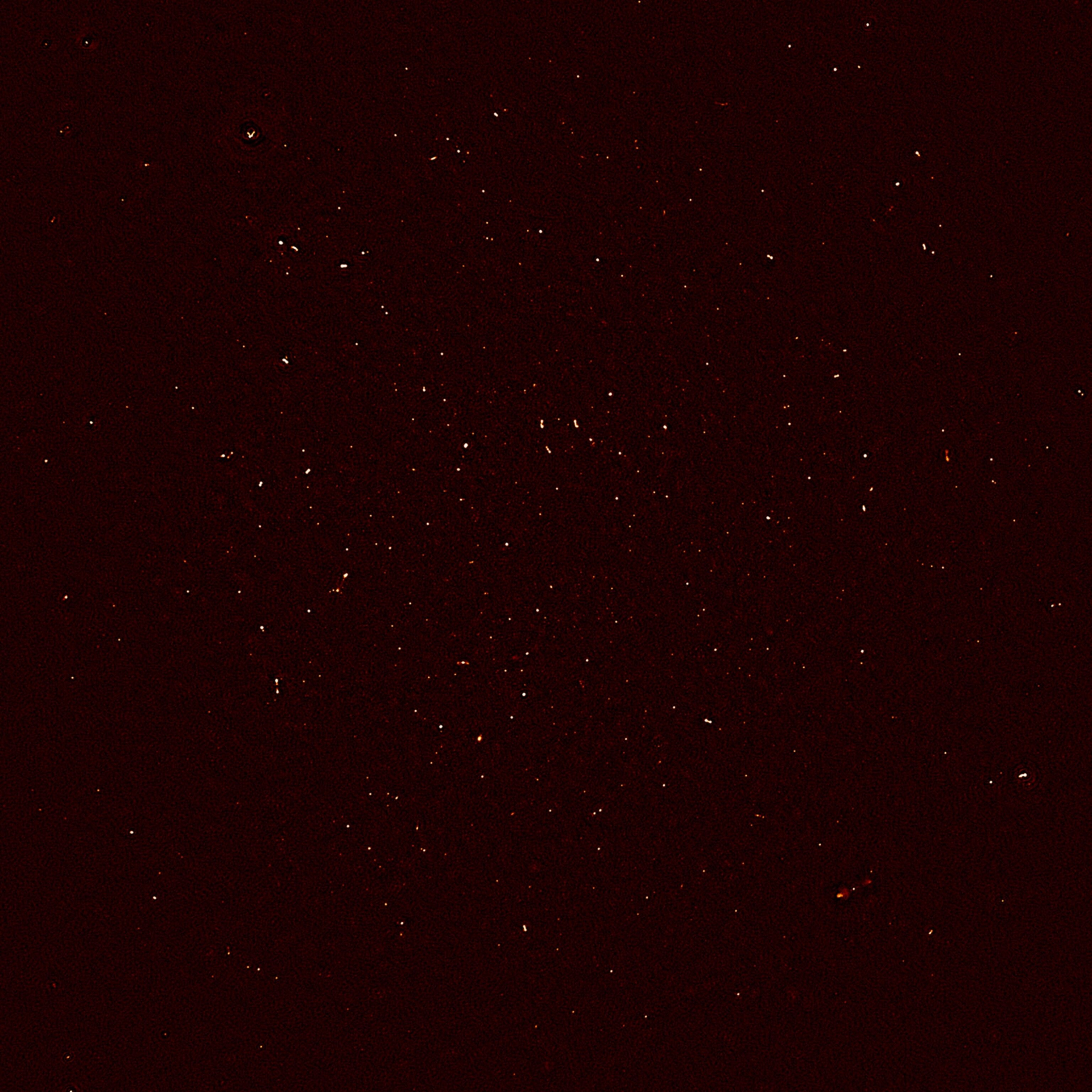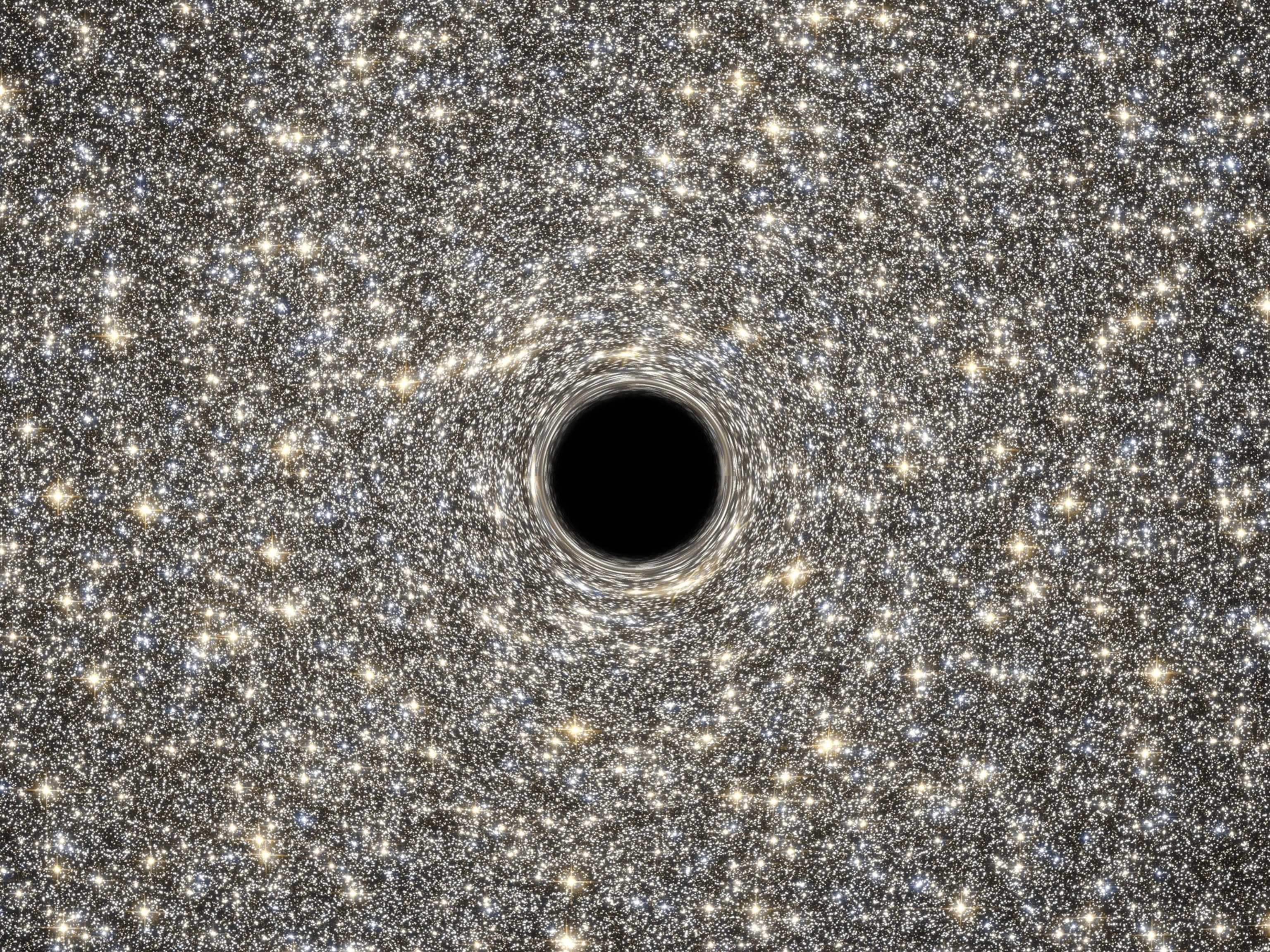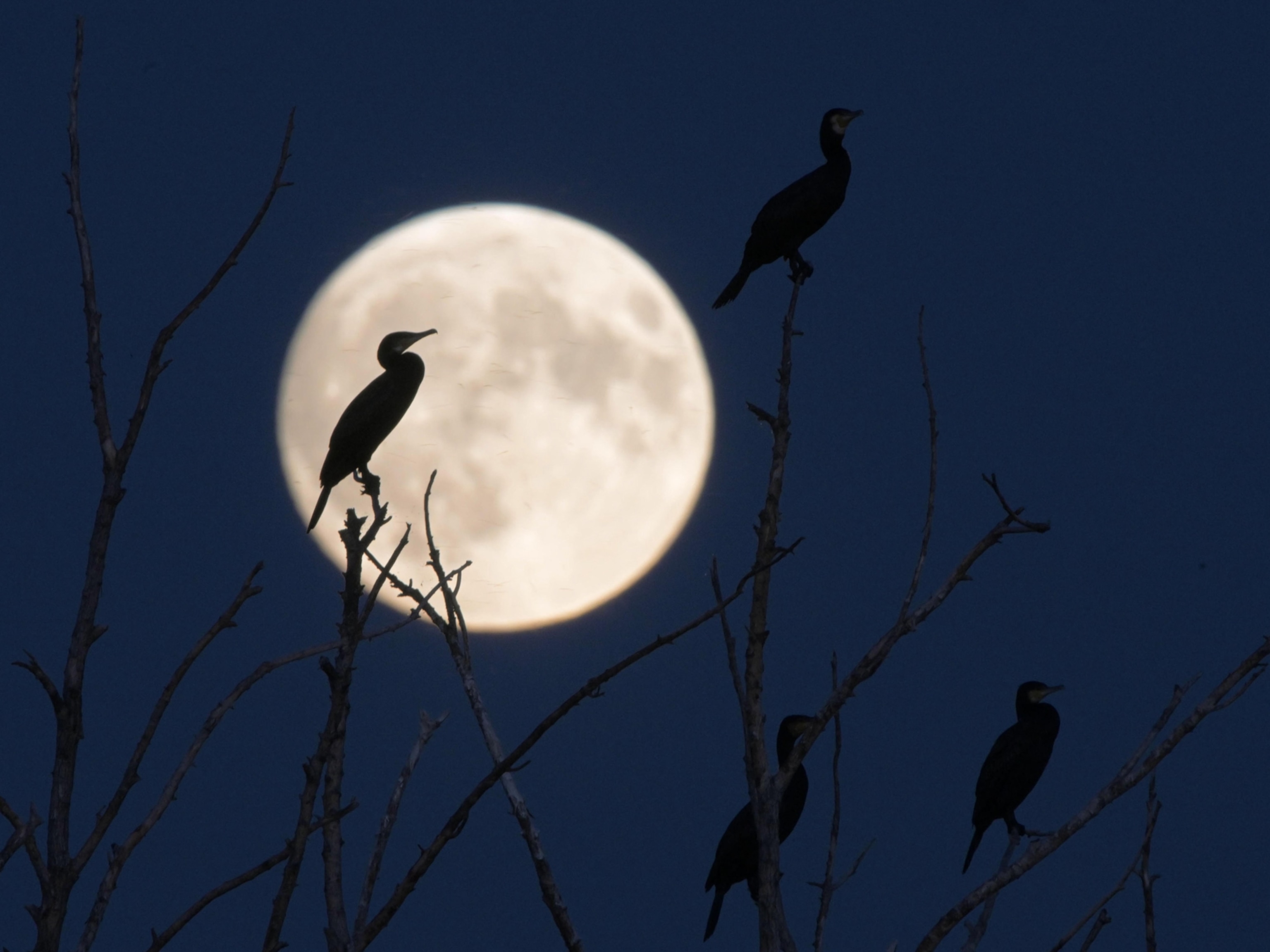
Powerful New Telescope Finds Whopping 1,300 Galaxies at Once
The first image from the MeerKAT radio array in South Africa reveals a dramatic view of a turbulent cosmos.
The number of known galaxies in our universe has just jumped up by nearly 1,800 percent.
Made up of many interconnected radio dishes, South Africa’s MeerKAT radio telescope is still a work in progress. But astronomers were able to preview the instrument’s impressive prowess by capturing detailed images of 1,300 distant galaxies in a tiny patch of sky where just 70 had been previously observed.
“Right now, with only 16 of the eventual 64 dishes in place, MeerKAT is already better than anything equivalent in the Southern Hemisphere,” said South African Science and Technology Minister Naledi Pandor at a press conference on July 18.
When completed in late 2017, MeerKAT will encompass 190,000 square feet (17,651 square meters). It’s located in South Africa’s Northern Cape, which has the virtue of being sparsely populated while being close enough to Cape Town to minimize construction and maintenance costs.
In the meantime, MeerKAT is already impressing astronomers with high-resolution images that reveal turbulent cosmic phenomenon occurring 200 million light-years away—including a massive black hole at the center of a galaxy that is spewing dual jets of high-speed particles.
“I was excited by the result,” says Michael Rich, a research astronomer at UCLA. “For a low cost, we’re going really deep, really fast in radio wavelengths.”
Stay Tuned
Rich reminds space enthusiasts that MeerKAT’s images represent only a partial snapshot of the final frontier.
“If you were to take the same piece of sky and image it with the Hubble telescope, you would probably see hundreds of thousands of galaxies,” he says. “You’d see far more of them with visible light.”
But telescopes like MeerKAT excel at imaging active “radio galaxies,” which have supermassive black holes at their centers producing high-energy outbursts that can last for millions of years. These galaxies are most luminous at radio wavelengths.
“In some cases, the radio galaxy can have a great deal of obscuring dust, and you wouldn’t be able to see anything—or almost anything—with an optical telescope,” says Rich. “But with radio, which goes right through the dust, there’s no problem in seeing it.”

Rich is a member of an international research project called COSMOS, which for 15 years has been studying why the distribution of galaxies in space is not random but is organized into very large structures.
“We’ve been working on this with all of the large telescopes in the world,” he says, studying a patch of the sky where over two million galaxies have so far been detected. “I suspect our radio observations are very deep, but if MeerKAT is this powerful, I would want it to take a look at our particular piece of real estate,” Rich says.
Eventually, the telescope will become part of the Square Kilometer Array—a network of thousands of radio antennas in South Africa and Australia that will be able to survey the sky some 10,000 times faster than ever before.
But for now, it remains MeerKAT, named for a beloved local animal—a member of the mongoose family—that surveys its surroundings by occasionally glancing up at the sky.
Follow Mark Strauss on Twitter.





